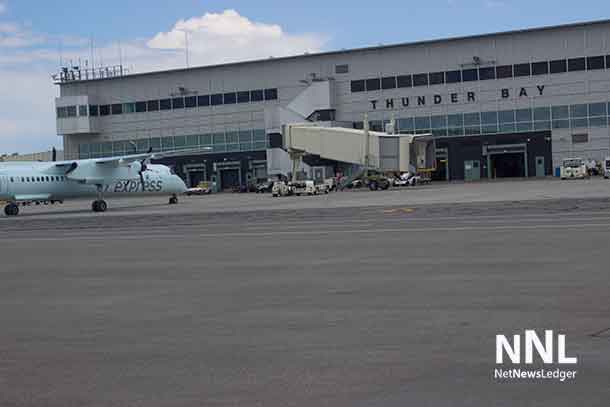
THUNDER BAY – AVIATION – If it has seemed busier at the Thunder Bay International Airport, over the past month that is because it has been busier. Thunder Bay Airport recorded its busiest June passenger volumes this past month. In total, 67,511 passengers passed through the Air Terminal Building, exceeding 2015 volumes by 4%.
“We are very encouraged by these numbers” remarked Ed Schmidtke, President and Chief Executive Officer of the Airport Authority. “June saw the first summer incremental increase in capacity with Air Canada replacing 3 daily 50-seat aircraft with larger, 74-seat Q400 aircraft. July and August will see even more additional seats.”
Schmidtke listed a new direct, non-stop morning WestJet departure to Calgary and an additional Air Canada flight to Toronto as adding significant supply to the summer market. “This is definitely a good year for air travel from Thunder Bay.”
Schmidtke also noted that the record demand has been assisted by increased use of the Thunder Bay Airport as a gateway by US travelers. “We are seeing unprecedented volumes of our US friends and neighbours beginning their journeys at Thunder Bay Airport. Cost comparisons confirm that Thunder Bay Airport offers the best prices for travel to Europe as well as Canada when compared to competitor US airports.
The importance of aviation to Northwestern Ontario is continuing to rise in prominence.
There are a growing number of air carriers looking to expand operations across the region. For communities across the far north, the impact of weather and the implications of long-term climate change are impacting the winter road season. Several communities across the North were unable to receive the needed supplies by winter road.
Thunder Bay a Northern Hub
Thunder Bay International Airport offers the hub for passenger service and is a service centre for many of the smaller regional carriers servicing the North. Bearskin Air, North Star Air, Wasaya Airways, Thunder Air, Kasper Air all have operations in Thunder Bay.
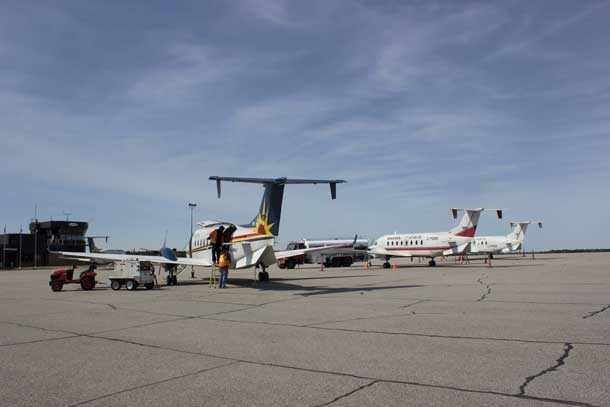
The northern passenger hub is the Sioux Lookout Airport, which is expanding. Freight is primarily based out of Pickle Lake, although Kasper Air is also taking freight out of Dryden to fly north.
Increasingly one of the top freight needs for the north is food. Air transport is more reliable than road transportation and during most of the year for many northern communities is the only route into the communities from the south.
Food security issues, in terms of the safe transportation of food has increased in recent years. That issue is likely to grow in importance over the coming years.
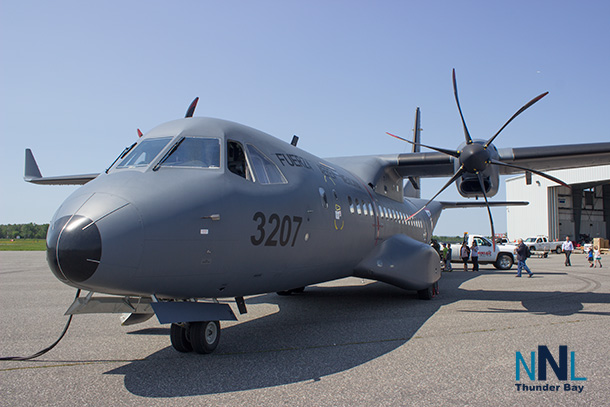
This is why Wasaya Airways is apparently looking to replace its fleet over the coming years with new aircraft. The company had an Airbus C295W which is on a North American tour visit at their hanger recently. The Airbus 295 can transport up to seventy passengers and a very massive amount of freight. The aircraft has a cost of about $25 million dollars.
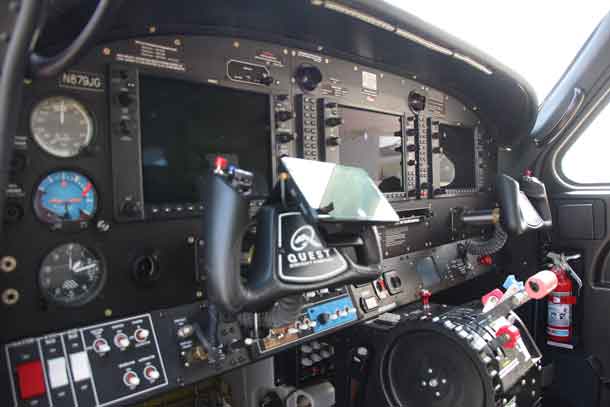
Kasper Air is adding a new Quest Kodiak 100 equipped and designed for northern conditions to the company’s fleet.
Kasper Wabinski says, “We are uniquely specialized in smaller payload transportation of urgent goods, equipment and fresh food. We are the only airline providing this hot shot service and many communities are highly depended on our deliveries to operate their hotels, restaurants, mining operations, events, breakfast programs, winter road building and office supplies.”
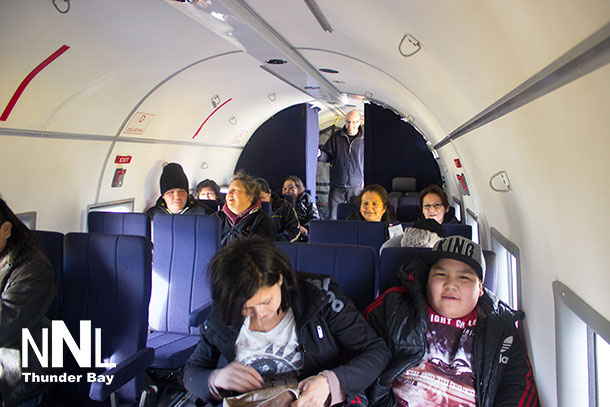
North Star Air has added three BT 67 Aircraft to their fleet. This Swiss made aircraft are capable of both passenger and freight transport.
Aviation as it grows in importance across Northwestern Ontario, and Northern Canada is likely to present new opportunities, and new challenges. Federally several air service operators are looking for expanded and expedited service from Transport Canada, as well as the establishment of a Minister’s User Group for small to medium air service providers that would provide Minister Garneau with direct insight.
The demand on aircraft across Northern Ontario and all of Northern Canada is likely to grow even more as both communities and business reach out toward expansion.
This is generating some solid options for both communities and for passengers. The increased competition is likely to assist in helping to lower food prices across the North as well.
The Thunder Bay International Airport, should you spend a couple of hours at the Valhalla Inn, is a very busy place.
About TBIAA
TBIAA is the private, non-shareholder corporation responsible for the operation of the Thunder Bay International Airport. TBIAA receives no government funding for the operation of the Airport. Economic activity associated with the Airport is responsible for an estimated $.5 billion dollars in GDP annually and over 5000 direct and indirect jobs. Customers are encouraged to visit the Airport website at www.thunderbayairport.com for more information including this winter’s sun flights.






